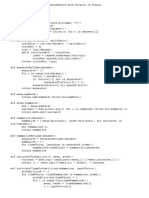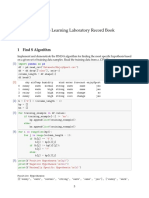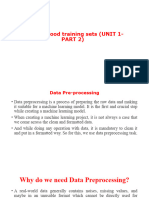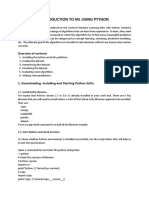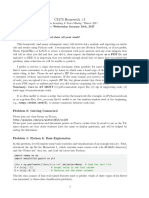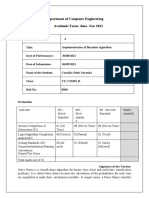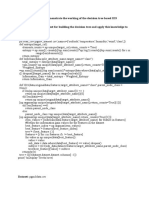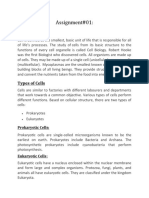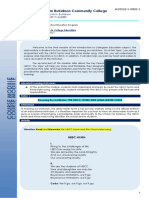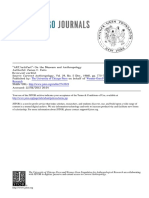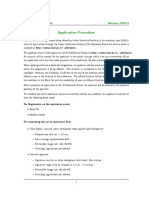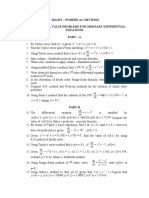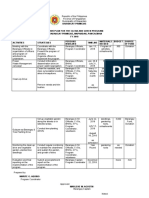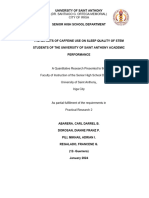0% found this document useful (0 votes)
8 views6 pagesMachine Learnine Experiment by Priyanka
ML Lab Manual
Uploaded by
priyaCopyright
© © All Rights Reserved
We take content rights seriously. If you suspect this is your content, claim it here.
Available Formats
Download as TXT, PDF, TXT or read online on Scribd
0% found this document useful (0 votes)
8 views6 pagesMachine Learnine Experiment by Priyanka
ML Lab Manual
Uploaded by
priyaCopyright
© © All Rights Reserved
We take content rights seriously. If you suspect this is your content, claim it here.
Available Formats
Download as TXT, PDF, TXT or read online on Scribd
/ 6



